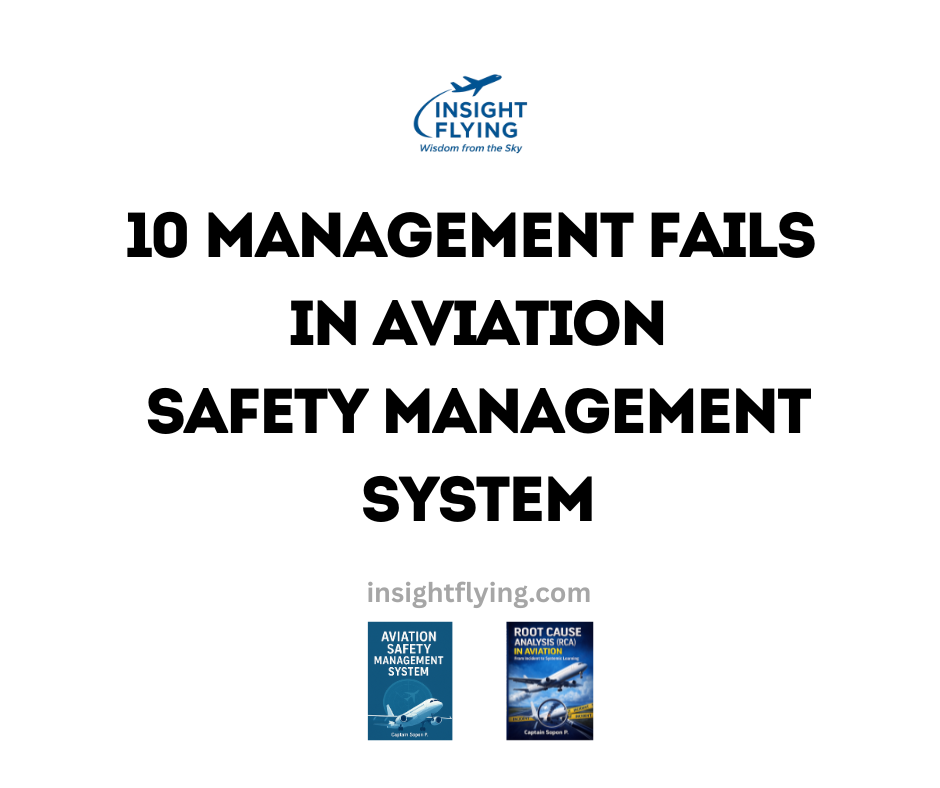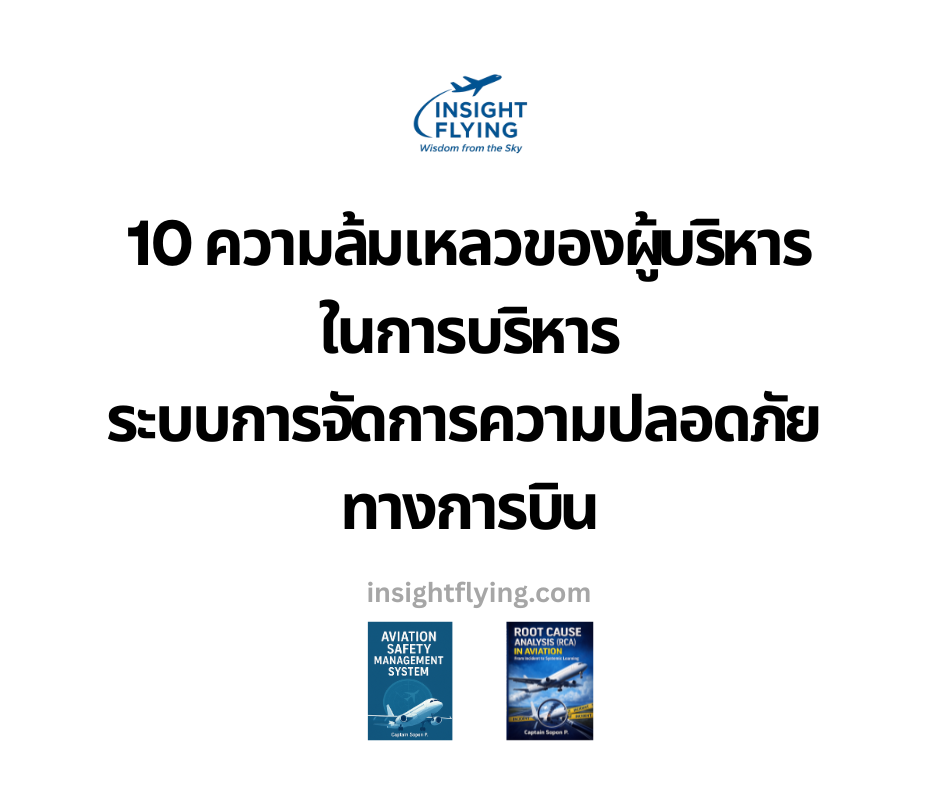นักบินพาณิชย์ทุกคนจะได้รับอนุญาตให้บินได้ ทีละหนึ่งแบบ (Aircraft Type Rating) ยกเว้นในกรณีที่เครื่องบินรุ่นนั้น ๆ อยู่ใน ตระกูลเดียวกัน (Common Type Rating) หรือมีระบบที่คล้ายคลึงกันจนสามารถใช้ความรู้และทักษะร่วมกันได้
1. ทำไมนักบินไม่สามารถบินได้หลายแบบพร้อมกัน?
นักบินที่บิน Boeing 747-400 ไม่สามารถสลับไปบิน Airbus A380 ได้ทันที เพราะทั้งสองรุ่นใช้ระบบและหลักการทำงานที่แตกต่างกันโดยสิ้นเชิง แต่หากเป็น B747 กับ B777 หรือ A330 กับ A350 นักบินสามารถได้รับอนุญาตให้บินทั้งสองแบบได้ หากผ่านการฝึกอบรมและการสอบตามที่หน่วยงานกำกับดูแลกำหนด
2. Common Type Rating คืออะไร?
ผู้ผลิตเครื่องบินพยายามออกแบบ ห้องนักบิน (Cockpit Layout) ให้มีความใกล้เคียงกัน เช่น ตำแหน่งปุ่ม การทำงานของระบบ และตรรกะของการควบคุม เพื่อให้เกิดสิ่งที่เรียกว่า Common Type Rating หรือ Mixed Fleet Flying (MFF) ซึ่งทำให้นักบินกลุ่มเดียวกันสามารถบินได้หลายรุ่น
ตัวอย่าง:
- Boeing: B747-400, B777, B787
- Airbus: A320, A330, A340, A350, A380
แต่การอนุมัติต้องผ่านการตรวจสอบและรับรองจากหน่วยงานกำกับดูแล เช่น FAA (อเมริกา), EASA (ยุโรป) หรือ กพท. (ไทย) เสมอ
3. ทำไมสายการบินไม่นิยมให้บินหลายแบบ?
แม้กฎจะอนุญาต แต่ในทางปฏิบัติ สายการบินส่วนใหญ่มักเลือกให้นักบินบินเพียงแบบเดียว เนื่องจาก:
- ต้องฝึกและสอบบ่อยขึ้น (Training & Checking Burden)
- ต้องรักษาความต่อเนื่องการบินของแต่ละแบบ (License Recency)
- การคุ้นเคยกับระบบอาจลดลงหากต้องสลับไปมา
ดังนั้น หากมีนักบินเพียงพอ การจัดให้นักบินบินเครื่องแบบเดียวจะช่วยให้เกิดความชำนาญมากกว่า
4. ปัจจัยความปลอดภัยที่แท้จริง
แม้การเปลี่ยนแบบเครื่องบินจะเป็นเรื่องสำคัญ แต่ ความปลอดภัยของการบิน ไม่ได้ขึ้นอยู่กับว่าเครื่องบินใหม่หรือเก่าเพียงอย่างเดียว เครื่องบินเก่าก็มีการซ่อมบำรุงตามมาตรฐานสากล ขณะที่เครื่องบินใหม่อาจมีความน่าเชื่อถือสูงขึ้น แต่สิ่งที่สำคัญที่สุดคือ:
- Basic Flying Skills (ทักษะการบินพื้นฐาน)
- Aircraft Performance & Limitations
- Weight & Balance
- การจัดการเหตุผิดปกติ (Abnormal & Emergency Situations)
เพราะหากนักบินพึ่งพาระบบอัตโนมัติมากเกินไปโดยไม่เข้าใจหลักการบินจริง ๆ จะเกิดสิ่งที่เรียกว่า Automation Syndrome ซึ่งอาจทำให้ไม่รู้ทันเมื่อระบบทำงานผิดพลาด และนำไปสู่เหตุการณ์ร้ายแรงได้
✅ สรุป
การเปลี่ยนแบบเครื่องบิน (Type Transition) เป็นขั้นตอนที่ซับซ้อนและต้องอาศัยทั้งการฝึกอบรม การตรวจสอบ และการรับรองจากหน่วยงานกำกับดูแล แต่ไม่ว่าจะบินเครื่องรุ่นไหน สิ่งสำคัญที่สุดที่ทำให้เที่ยวบินปลอดภัยคือ นักบินที่มีความรู้ ความเข้าใจ และทักษะการตัดสินใจที่ถูกต้องในทุกสถานการณ์
Aircraft Type Transition for Commercial Pilots
Commercial pilots are certified to fly one aircraft type at a time (Type Rating). The exception is when two or more aircraft types belong to the same family or share a high degree of similarity in systems and cockpit design. In such cases, pilots may be authorized to fly multiple types, provided they undergo additional training and meet regulatory requirements.
1. Why can’t pilots fly multiple types simultaneously?
A pilot certified on the Boeing 747-400 cannot simply switch to the Airbus A380 because the systems, cockpit layout, and operating philosophy are entirely different.
However, a pilot qualified on the B747 may transition to the B777, or from the A330 to the A350, after completing supplementary training and obtaining approval from the aviation authority.
2. What is a Common Type Rating?
Aircraft manufacturers, such as Boeing and Airbus, design their cockpit layouts with a high level of commonality—similar switch positions, system logic, and operating procedures. This allows for Common Type Ratings or Mixed Fleet Flying (MFF), where the same group of pilots can operate multiple aircraft models.
Examples include:
- Boeing: B747-400, B777, B787
- Airbus: A320, A330, A340, A350, A380
Nevertheless, this requires regulatory approval from authorities such as the FAA, EASA, or CAAT (Thailand) to ensure safety standards are met.
3. Why do airlines rarely allow pilots to fly multiple types?
Although regulations permit it, most airlines prefer pilots to operate a single aircraft type. The reasons include:
- Additional training and checking requirements
- Maintaining license recency for each type
- Reduced familiarity when switching between aircraft
For these reasons, airlines often assign one type per pilot group to maintain maximum proficiency and operational safety.
หนังสือ A Pilot Books ในรูปแบบ eBook ที่ MebMarket
สร้างแรงบันดาลใจ…..เริ่มเมื่อไหร่

|
|

|
|

|
|

|
|

|
|
4. The real factor behind flight safety
While type transitions are important, flight safety does not depend solely on whether the aircraft is new or old. Older aircraft undergo strict maintenance schedules, while newer aircraft may offer greater reliability. Ultimately, the decisive factor is the pilot’s knowledge, skills, and judgment.
Key competencies include:
- Basic Flying Skills
- Aircraft Performance & Limitations
- Weight & Balance
- Handling Abnormal and Emergency Situations
Overreliance on automation can create what is known as the Automation Syndrome—when pilots fail to recognize system malfunctions because they trust automation blindly. This can lead to critical safety risks if not properly managed.
✅ Conclusion
Aircraft type transition is a structured process that involves training, checking, and regulatory approval. However, regardless of the aircraft model, the foundation of flight safety lies in the pilot’s knowledge, skills, and experience. Technology can support, but only well-prepared pilots can ensure that every flight reaches its destination safely.
-
10 Management Fails in Aviation SMS
10 Management Failures in Aviation SMS Safety Management System (SMS) is not just a regulatory requirement under ICAO Annex 19. It is a management system that must be actively led, enabled, and modelled by the organization’s leadership. Many aviation organizations invest heavily in documentation, training, and compliance audits — yet still struggle to reduce operational…
-
10 ความล้มเหลวของผู้บริหารในการบริหาร Aviation SMS
ระบบการจัดการด้านความปลอดภัย (Safety Management System – SMS) ไม่ใช่เพียงข้อกำหนดจาก ICAO Annex 19 หรือข้อบังคับของรัฐ แต่เป็น “ระบบบริหาร” ที่ต้องได้รับการขับเคลื่อนจากผู้บริหารระดับสูงลงสู่ปฏิบัติการจริง หากผู้บริหารมอง SMS เป็นเพียงงานความปลอดภัยส่วนกลาง หรือเป็นงานที่ต้องทำตามกฎหมาย ระบบนี้จะกลายเป็นเพียงงานเชิงเอกสารที่ไม่สามารถลดความเสี่ยงในปฏิบัติการได้จริง ในบทนี้ เราจะเจาะลึก 10 ความล้มเหลวที่พบบ่อยที่สุดของผู้บริหารในอุตสาหกรรมการบินทั่วโลก พร้อมตัวอย่างจริงที่เกิดขึ้นในสายการบิน, MRO, ANSP และผู้ให้บริการภาคพื้น เพื่อให้ผู้อ่านเข้าใจว่าเพราะเหตุใด SMS ขององค์กรบางแห่ง “ทำงานไม่ขึ้น” แม้จะมีเอกสารครบตามข้อกำหนด 1) มอง SMS เป็นงานเอกสาร เพื่อให้ผ่าน Audit มากกว่าการบริหารความเสี่ยง นี่เป็นปัญหาที่พบในหลายองค์กร โดยเฉพาะองค์กรที่เพิ่งได้รับ requirement จาก Regulator ภาพลักษณ์ที่เห็นบ่อย ตัวอย่างในโลกจริง สายการบินแห่งหนึ่งมีผู้ตรวจจากหน่วยงานรัฐมาทำ Audit ทุกปี ก่อนตรวจจริง 2 เดือน ทีม SMS ต้องรวบรวมหลักฐานจำนวนมาก…
-
Precipitation / การตกของฝนหรือหิมะ
What is Precipitation? / ความหมายของ Precipitation Precipitation is any form of water particle that falls from the atmosphere to the Earth’s surface. It forms when water vapor in the atmosphere condenses into droplets or ice crystals large enough to fall under gravity.Precipitation คือรูปแบบใด ๆ ของหยดน้ำหรือผลึกน้ำแข็งที่ตกจากบรรยากาศลงสู่พื้นโลก เกิดขึ้นเมื่อไอน้ำในอากาศควบแน่นจนกลายเป็นหยดน้ำหรือผลึกน้ำแข็งขนาดใหญ่พอที่จะตกลงตามแรงโน้มถ่วง How It Develops (Formation Process) / การเกิดและพัฒนาการของ Precipitation The…


